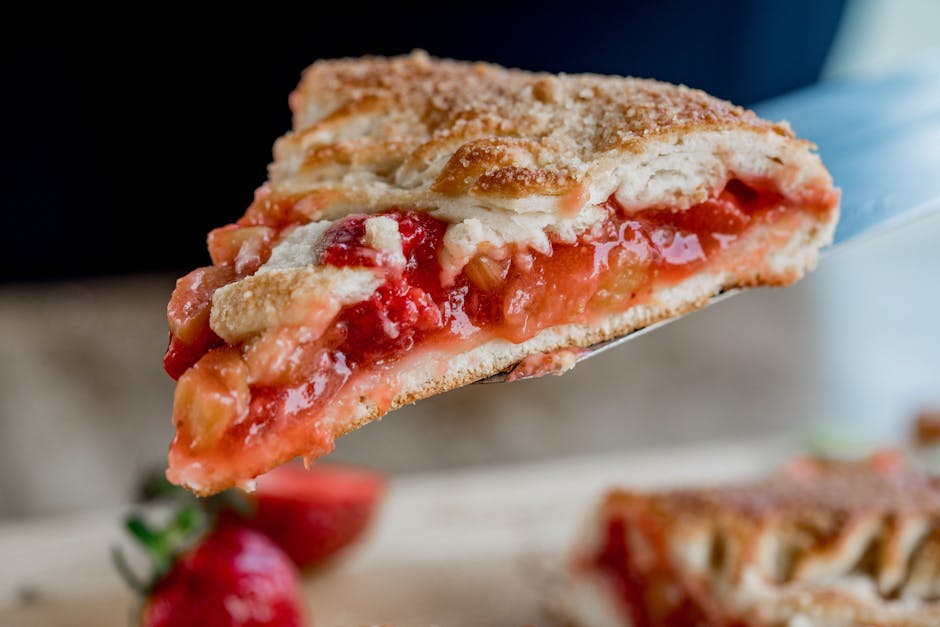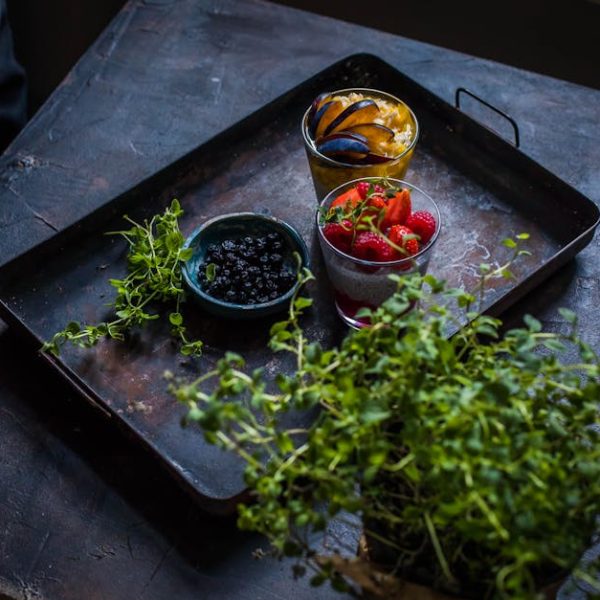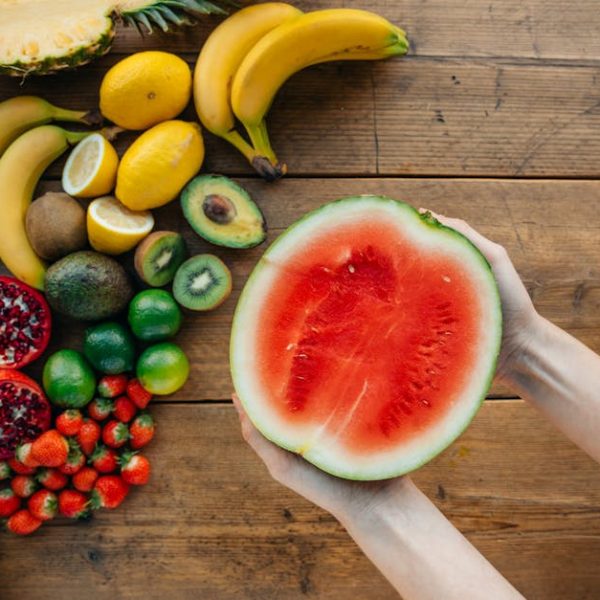Preserving the tart, earthy goodness of rhubarb through freezing can keep this highly seasonal staple available far beyond its fleeting springtime harvest. So instead of letting your precious rhubarb harvest go to waste, we’ll help you tap into five fantastic methods to freeze rhubarb and preserve its delightful freshness. These methods comfortably accommodate different types and levels of cuisine, offering solutions from the comfort of raw food freezing to the artistic finesse of rhubarb puree.
Freezing Raw Rhubarb
One of the easiest ways to freeze rhubarb is in its raw state. This method is both efficient and intuitive, as it helps maintain the authentic flavor profile of rhubarb without incorporating any additives or preservatives. Perfect for when you want to quickly freeze a large harvest or plan to use your frozen rhubarb in cooking methods that will break it down thoroughly, this method is a go-to first choice for many.
Here are some best practices while freezing raw rhubarb:
- Choose firm, red-colored stalks for best quality.
- Thoroughly rinse and pat dry before chopping into manageable pieces.
- Spread pieces in a single layer on a baking sheet covered with parchment paper for rapid freezing.
The steps to freeze raw rhubarb are straightforward:
- Wash and dry rhubarb.
- Chop into usable pieces.
- Freezer on a baking sheet.
- Transfer the frozen rhubarb into a freezer-safe bag or container.
Blanching Rhubarb Before Freezing
For those looking to preserve the vibrant color and flavor of rhubarb, blanching can be a suitable option. This method involves briefly boiling the rhubarb before plunging it into ice-cold water—a process that shocks the vegetable, helping to preserve its color, texture, and nutritional value. However, this method involves an additional step compared to freezing raw rhubarb.
A clear step-by-step guide will be as follows:
- Prep and chop your rhubarb.
- Bring a pot of water to a boil.
- Blanch rhubarb for one minute.
- Immediately cool rhubarb in an ice bath after blanching.
- Drain thoroughly and freeze as with raw rhubarb.
Freezing Rhubarb in Sugar or Syrup
Freezing rhubarb in sugar or syrup is a delightful way of preserving rhubarb’s freshness whilst adding a sweet note. This can cut the tartness of the rhubarb and provide a pre-prepared solution for desserts and sweet dishes. Some different types of syrups suitable for this method include simple sugar syrup, light honey syrup, or even a maple-flavored agave syrup.
Here’s a pro tip to ensure the perfect sweetness balance: consider the final use of the rhubarb when picking your syrup. If it’s destined for a sweet dessert, a sweeter syrup could be best, but for a savory dish, a lighter syrup might be ideal. Keep in mind, rhubarb’s unique flavor should still be discernible.
Freezing Rhubarb Puree
Freezing rhubarb as a puree could be your go-to method if you’re a fan of smoothies, sauces, or spreads. It can also be convenient for recipes that require rhubarb to be broken down or mixed with other fruits. To make rhubarb puree, simply cook the rhubarb until it’s soft, and then blend it into a smooth consistency.
Comparing freezing pure rhubarb puree vs. rhubarb mixed with other fruits, the former tends to retain a more intense rhubarb flavor. However, mixing rhubarb with other fruits like strawberries or apples can provide interesting flavor profiles and might be more suitable for specific recipes.
Here are a few tips for making and freezing rhubarb puree:
- Ensure you cook your rhubarb thoroughly before pureeing—it should be soft and easily mashed.
- Don’t forget to cool your puree completely before freezing.
- Consider your recipe needs before adding sugar to your rhubarb puree. Remember, you can always sweeten it later.
Freezing Rhubarb as Ready Parts for Recipes
Another fantastic method to freeze rhubarb is as ready parts for recipes. This could mean freezing rhubarb as measured cupfuls for recipes, or as pre-made compote, filling, or topping. It could save a considerable amount of time during cooking and ensure that you always have the right amount of rhubarb at hand.
Some common recipes that could benefit from this method include rhubarb pies, crumbles, muffins, and chutneys.
As best practices for this method, consider the following:
- Allow your rhubarb parts to cool completely before freezing.
- Freeze in portions corresponding to your recipes, i.e., if a recipe calls for a cup of rhubarb, freeze it in one-cup portions.
- Label your containers with the date and contents to prevent mystery leftovers months down the line.
Whether freezing raw rhubarb, blanching before freezing, freezing with sugar or syrup, freezing as puree, or as ready recipe parts, any homeowner can skillfully preserve their rhubarb harvest. With these tips in hand, say goodbye to wastage and hello to a flavorful winter, filled with the tangy delight of rhubarb!
Key Takeaway:
- Freezing raw rhubarb is the most efficient method to maintain its authentic flavor.
- Blanching before freezing helps preserving the vibrant color and flavor of rhubarb. The slight hassle from the extra step is justified by the excellent quality of the preserved rhubarb.
- Freezing rhubarb in sugar or syrup enhances its sweetness, which can be best used for desserts and sweet dishes.
- Rhubarb puree is the perfect freezer addition for smoothie lovers and those who appreciate rhubarb sauces or spreads.
- Freezing rhubarb as ready parts for recipes saves considerable time, ensuring the right rhubarb proportions are always on hand for your favorite recipes.
Diversifying your freezing method to suit your lifestyle and cooking habits can make all the difference to your love affair with rhubarb. Embrace the attractive flexibility of these methods to ensure that the beautiful tang of rhubarb continues to brighten your meals, regardless of the season.
FAQs
Q: What is the best method to freeze rhubarb if I plan to use it for varying types of dishes?
A: Freezing raw rhubarb will likely offer you the most flexibility. You can decide whether to sweeten it or pair it with other ingredients based on your specific recipe requirements at the time of use.
Q: How long can frozen rhubarb maintain its quality?
A: Typically, frozen rhubarb can maintain good quality for about a year, although it’s safe to consume beyond that time if stored properly.
Q: Can I thaw frozen rhubarb to eat it raw?
A: While safe to eat, thawed rhubarb generally becomes soft, which is more suitable for cooking or baking.
Q: Is it necessary to add sweetener to rhubarb puree before freezing?
A: Not necessarily. It depends on your personal taste and how you intend to use the puree. It’s quite flexible, you can always sweeten it later.
Q: Can I freeze blanched rhubarb without draining it first?
A: It’s not recommended. For best results, always drain your blanched rhubarb thoroughly before freezing to prevent it from becoming mushy.
Feel free to share this article with your fellow rhubarb lovers, or explore more of our delightful tips and tricks for seasonal cooking!






